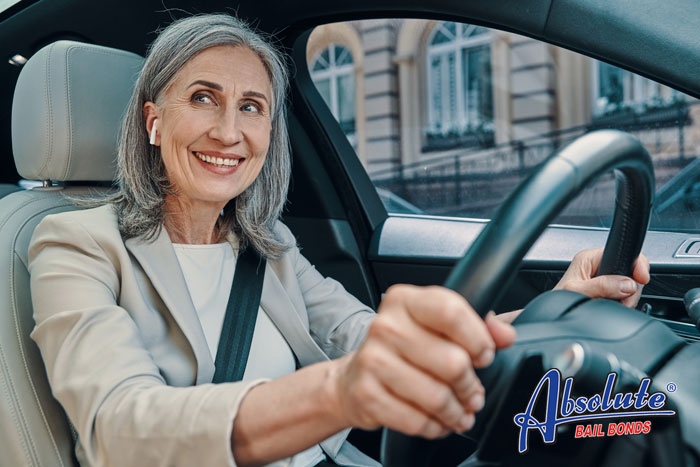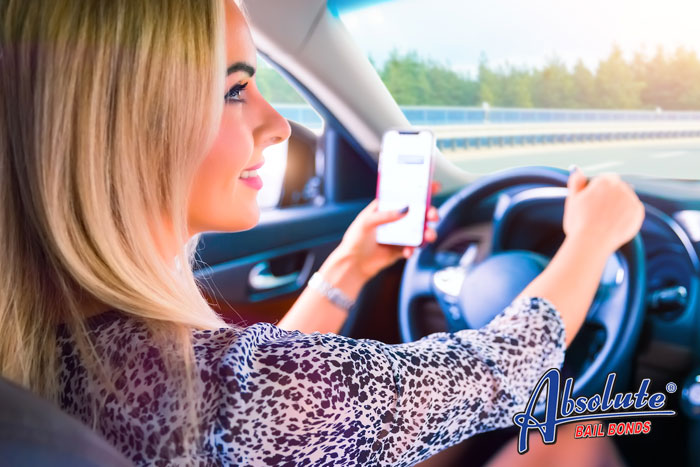
California Ear Bud Laws
Earbuds are awesome. They provide you with a way to tune out all the noise connected to the world and lose yourself in music, white noise, audiobooks, and podcasts. The earbuds fit snugly into your ear so that you don’t have to worry about anyone being disturbed by what you’re listening to.
What you might not know is that California does have some earbud laws that could impact you.
Cars and Earbuds
The first is you aren’t allowed to drive with earbuds in your ears. Not even if you’re using them to use your cell phone. The reason driving with earbuds in both of your ears is strictly prohibited in California is because lawmakers believe that the noise-canceling features of earbuds make it difficult to identify and react to outside stimuli that could prevent you from getting into an accident. It’s also possible that having the sound pumped directly into your ears, rather than coming from your radio speakers serves as a distraction.
There is some wiggle room. The law reads that you can’t restrict both ears, but doesn’t say anything about having an earbud in a single ear.
It’s worth noting that even if you don’t have anything pumping through the earbuds, you still can’t drive with two earbuds.
If you are caught driving while wearing earbuds, the experience will cost you. The traffic violation will cost $160 plus court costs, plus any other violations the traffic officer is able to cite you with.
California Bikes and Earbuds
Don’t assume that just because you’re on a bike, you can get away with wearing earbuds. The same law that applies to drivers also applies to bikers. You can have an earbud in one ear, but not in both. If you’re caught with both ears covered, you will be ticketed.

The Dangers of Distracted Driving in California
Everyone always talks about how horrible drunk driving is but far less is mentioned about the dangers and repercussions of distracted driving, which is as dangerous and even more common than drunk driving.
Distracted driving in California isn’t a new thing. For as long as people have been getting behind the wheel of automobiles, there have been distracted drivers.
Examples of distracted driving include:
- Daydreaming
- Arguing with passengers
- Rubbernecking
- Trying to pick up a candy bar you’ve dropped
- Changing radio stations
- Using your cell phone
Distracted driving can result in a number of things going wrong. A single second of distracted driving can result in:
- Weaving in and out of your lane
- Striking another car/pedestrian
- Missing a road sign
- Running a red light
Over the past twenty years or so, distracted driving has become a much bigger problem. Data collected by the National Highway Traffic Safety Association indicates that distracted driving results in approximately 1,000 injuries every single day and approximately 9 deaths a day. Many of these distracted driving accidents involved a cell phone.
In California, when someone is pulled over for distracted driving and issued a citation, the ticket usually doesn’t say distracted driving, even though that’s usually the cause of the incident. The ticket usually states the effect. For example, if you were playing with your dog who was in the shotgun seat and run a red light, the ticket will likely state reckless driving or failure to yield rather than distracted driving.
If your distracted driving results in an injury or death to another person, the citation may be the least of your worries. When someone is hurt or killed as a result of a distracted driving episode, you could find yourself acting as the defendant in a civil case.
In an effort to lower the number of distracted driving incidents in California, the state has introduced the Just Drive campaign. The idea of the Just Drive campaign is to educate/remind drivers about the dangers of using a cell phone while you’re behind the wheel. Everybody involved in the campaign hopes that the program will remind drivers about how deadly answering a single text or taking a long call can be.
California’s “Just Drive” campaign is quite similar to earlier efforts to reduce the number of drivers who use their cell phones while they’re behind the wheel, but this campaign is geared specifically towards younger drivers who are between the ages of 16 and 24.
In California, you’re not allowed to have your cell phone in your hand while you’re driving. While everyone would prefer it if you simply didn’t use your cell phone at all during your commute, you are allowed to use it provided it’s set to hands-free mode, mounted on your dash or windshield, and can be turned on and off by a single finger touch.
The best way to avoid being the cause of a distracted driving incident is to keep your eyes and mind on the road.

Laws Every Californian Should Know About
If you call California home, there are a few laws you should familiarize yourself with.
DUI Threshold Laws
Everyone knows that getting arrested for DUI is a serious, life-altering problem. The problem is that few people know what when they have crossed over the threshold from legally able to drive and become too drunk to drive.
It doesn’t matter if you are the kind of person who gets buzzed after a few sips or someone who really can hold their liquor, if you’re pulled over and your blood alcohol level is 0.08% or higher you will be charged with a DUI.
Data Privacy Laws in California
One of the great things about calling California home is knowing that you have a legal right to know exactly what type of data businesses collect about you and what they’re using it for. The California Consumer Privacy Act went into effect on January 1, 2020.
The California Consumer Privacy Act is written in such a way that you:
- Can delete personal data a business has collected
- Block the sale of personal data
- Have the ability to learn exactly what data is collected/sold/shared/etc.
Comparative Negligence for Injuries
Don’t assume that just because you believe that someone is 99% for injuries they sustained during an accident, that they’ll be responsible for the bulk of their medical bills. That’s not quite how the law sees things in California.
California lawmakers created a comparative fault law that basically states that if you are in any way responsible for a person’s injuries, they (or their insurance company) can sue you for a portion of the expenses the individual incurred because of the accident. The good news is that once the court decides how much your actions contributed to the accident, that will be the amount you have to owe.
For example, if a guest comes to your home while they are drunk and trips over a hose that you left stretched across the driveway and breaks their nose, the court might decide that the hose was only 20% of the reason they were injured. The other 80% of the injuries were connected to their intoxication. In this situation, you’d only be responsible for 20% of the medical bills.
Cell Phones and Cars
As a society, we’ve become addicted to our cell phones. They rarely leave our sight. We love how they provide us with a way to constantly be connected to everyone we care about. While no one has taken steps to separate us from our phones, California lawmakers have passed laws that are designed to keep you off your phone while you’re behind the wheel.
If you’re under 18 and driving, you’re not allowed to use your cell phone at all while commuting. Even the hands-free system is off-limits. If you do have to make a call or respond to a text, you’ll have to pull over and deal with the situation while your car is completely stopped.
If you’re over 18, you’re allowed to use the hands-free system of your choice, but you can’t have your phone in your hand. The first time you’re caught holding the phone while driving, you’ll be issued a ticket that will cost at least $76.
The one exception to using a handheld phone while driving is if you’re reporting an emergency to the police or fire department.

